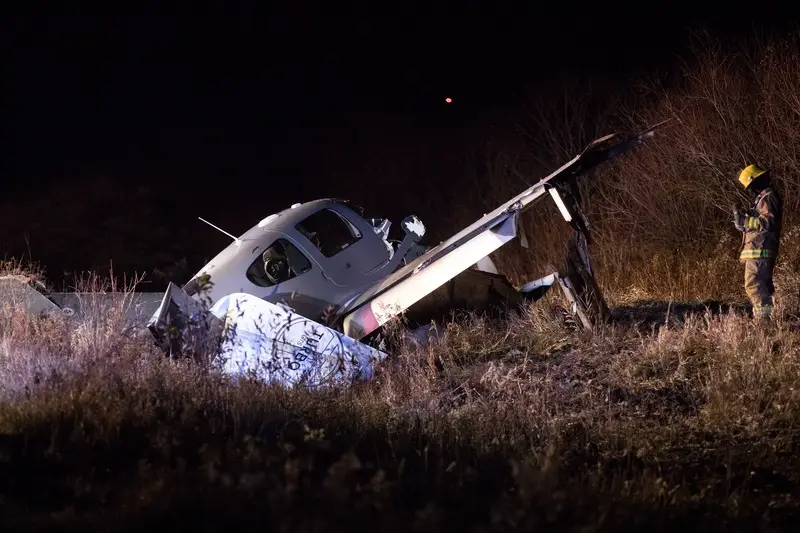A final report has been released about a tragic incident that took place in Hanover Township, Pennsylvania on October 29, 2022, involving a Bearhawk Patrol airplane, a do-it-yourself kit aircraft. The pilot, 76-year-old Ronald Snyder of Bernville, and passenger Michael Bowen, 59, of Jonestown, both lost their lives in the crash.
The National Transportation Safety Board (NTSB) released its final report in mid-April 2024, suggesting the likely cause of the disaster was Snyder accidentally falling out of the plane after unfastening his seatbelt. It is believed he was attempting to inspect or fix an issue with the tail of the aircraft. The plane then plummeted onto a farm, barely missing a hayride full of children by 100 feet after Snyder was unexpectedly ejected while in flight.
Prior to the accident, Snyder had expressed concerns about a recurring rigging problem to a friend at Wilkes-Barre Wyoming Valley Airport. He complained that the issue was causing the aircraft to jerk sideways during turns. After allowing his friend to pilot the plane, who also observed the unusual movements, Snyder indicated his intention to address the problem in the winter. This decision to postpone the solution would prove deadly.
Witnesses state that just before the crash, the airplane displayed disturbing behavior; it rolled and bucked, initially dipping its nose before pitching upwards sharply. During these erratic movements, Snyder was observed striking the plane’s tail, leading to the fatal descent.
The deaths of Snyder and Bowen, who suffered multiple traumatic injuries, were deemed accidental. Investigations revealed that Snyder had antidepressants and cholesterol medication in his system, though these were ruled out as contributing factors in the crash.
The Bearhawk Patrol plane is popular among aviation enthusiasts for its adaptability and performance, particularly in challenging environments. However, the safety and quality of these aircraft can significantly differ due to the builder’s skill level, ongoing maintenance thoroughness, and the pilot’s experience. The regulatory standards for experimental aircraft are also different and sometimes less strict than those for commercial aircraft, presenting additional hazards. These factors underscore the necessity for careful construction, regular upkeep, skilled piloting, and strict compliance with safety procedures to ensure the aircraft’s safe operation.











